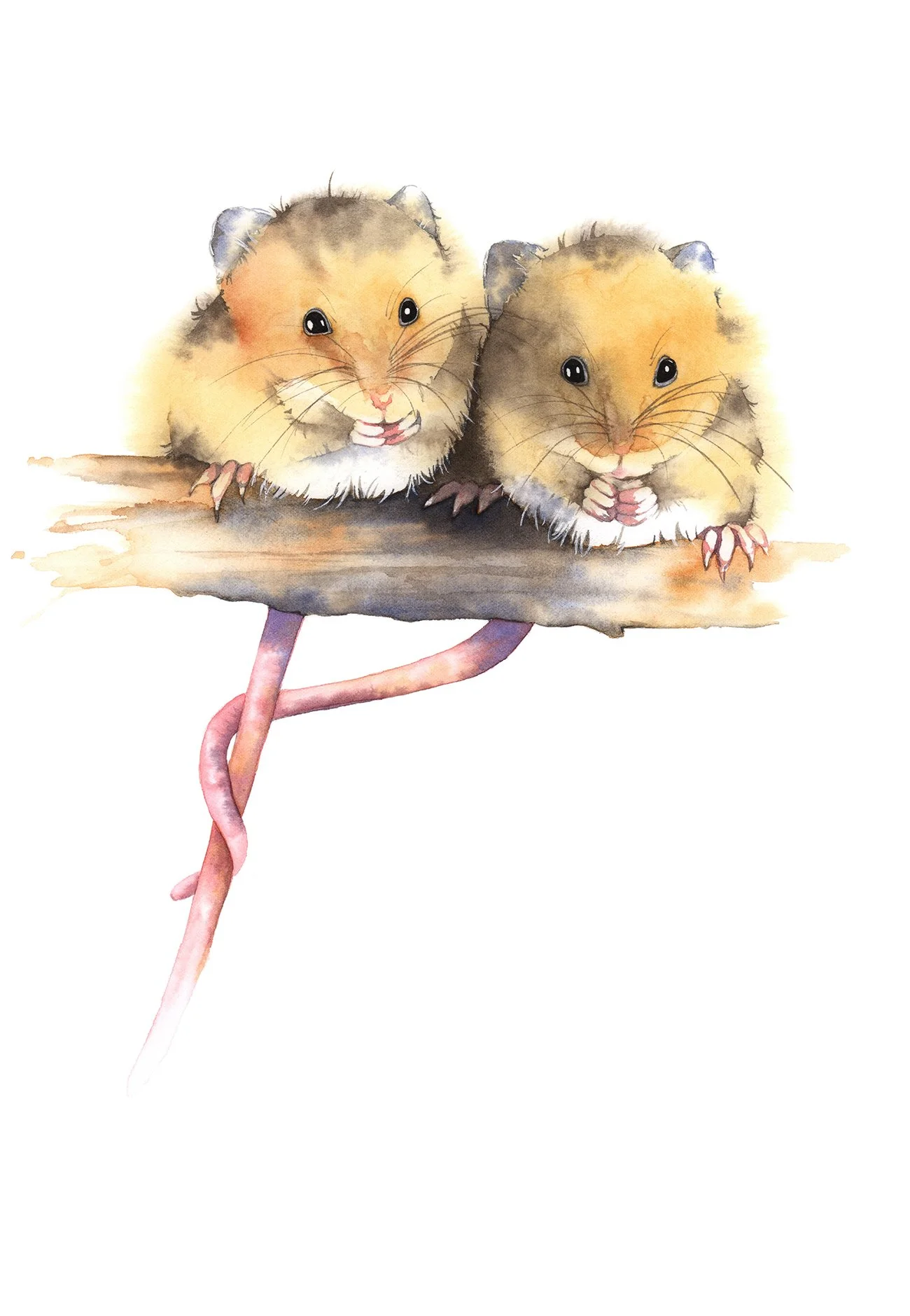The Serene Symphony of Analogous Colours
Edgar Degas' "Three Dancers in Yellow Skirts" 1891. This painting prominently features shades of yellow, yellow-orange, and hints of green, which are adjacent on the color wheel. This use of closely related colors creates a visually harmonious and vibrant composition.
Colour harmony is the secret to creating art that resonates deeply with viewers. Building on our exploration of colour theory, including the colour wheel and complementary colours, we now turn our attention to analogous colours.
Analogous colours, with their subtle and harmonious shifts, offer a soothing and cohesive palette that can bring tranquility and unity to your compositions. Today, we’ll explore how to use analogous colours to create serene and balanced paintings.
Analogous Colour Scheme
Analogous colours are next to each other on the colour wheel. They blend seamlessly, creating a serene and comfortable harmony that’s perfect for achieving a sense of unity and cohesion in your paintings.
How to Create an Analogous Colour Palette
Choose a Base Colour: Select a primary hue that you want to be the focus of your painting. This colour will be the anchor for your palette.
Select Neighbouring Colours: Identify the colours adjacent to your base colour on the colour wheel. Typically, an analogous palette includes three to five neighbouring colours. For instance, if your base colour is blue, your analogous secondary colour might include blue-green and blue-violet.
Balance the Palette: Decide which of the colours will be dominant and which will act as supporting colours. This helps create a balanced composition without overwhelming the viewer.
Adjust Variations: Experiment with different shades, tints, and tones of the analogous colours to add depth and interest to your palette.
As leaves change colour in Autumn, they often display shades of yellow, orange, and red, which are adjacent on the colour wheel. This natural progression of colours creates a harmonious and visually appealing palette, highlighting the beauty and warmth of the autumn season.
Examples, Applications, and Emotional Impact
Analogous colour scheme examples show how you can utilise three colours. Decide one main colour, an accent colour and a supporting colour. Your colour wheel will be very helpful in selecting analogous colour palettes.
Blue, Green Blue, and Green
These colours evoke the tranquility of nature. Picture a peaceful forest scene with a blue sky peeking through green foliage. This combination not only soothes but also instills a sense of calmness and balance, perfect for creating restful landscapes.
Vincent van Gogh's 'Irises' (1889) features a vibrant array of blue and violet irises set against lush green leaves, utilising an analogous color scheme. This harmonious blend of colours creates a soothing and cohesive composition that highlights the natural beauty of the flowers.
Red, Red-Orange, and Orange
This warm palette is ideal for depicting the cozy warmth of a sunset or an autumnal scene. The reds and oranges together evoke feelings of warmth, comfort, and excitement, making viewers feel cozy and energized.
Camille Pissarro's painting 'Sunset' use of an analogous color scheme creates a harmonious and calming effect, beautifully capturing the tranquil transition from day to night.
Yellow, Yellow-Green, and Green
Imagine a springtime meadow, fresh with new growth. These colours convey renewal, vitality, and freshness, evoking a sense of growth and rejuvenation that’s perfect for garden scenes and natural landscapes.
Vincent van Gogh's "Fourteen Sunflowers, 1888". This analogous yellow orange colour scheme creates a cohesive and lively composition, emphasising the vitality and warmth of the sunflowers.
Tips for Using an Analogous Colour Scheme
Select one dominant colour and use the other two as accents to maintain balance.
Ensure there’s enough contrast between the colours to keep the composition interesting.
Analogous colours work beautifully in gradient techniques, creating smooth transitions and harmonious blends.
Analogous colour schemes bring a natural, soothing harmony to your art. By using these colours, you can create paintings that exude peace and comfort, inviting viewers to relax and immerse themselves in the serene beauty of your work.
By mastering analogous colour schemes, you can enhance the emotional depth of your art, creating compositions that soothe and resonate with viewers. This knowledge complements our ongoing journey through colour theory, equipping you with the skills to craft harmonious and cohesive artworks.
Let your colours be best friends on the canvas, blending beautifully together.
Happy painting!










